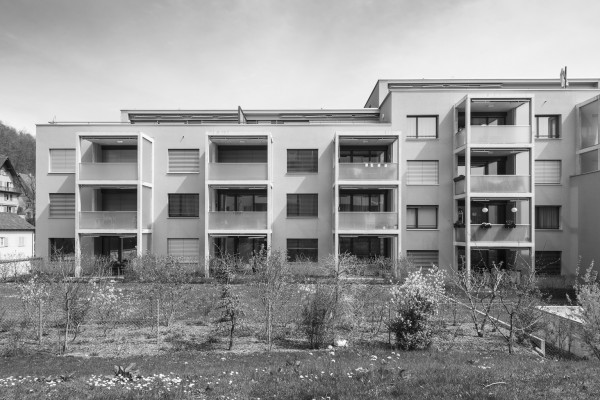
How pension funds benefit from non-cash real estate contributions
Back to overviewPension funds that no longer want to manage their direct real estate investments themselves can transfer their properties to an investment foundation as a non-cash contribution in return for shares in their chosen investment group. This means that they continue to benefit from the real estate income, but keep the associated HR and financial costs to a minimum.
Managing direct real estate holdings is time-consuming and expensive for pension funds, especially if their portfolio contains just a few properties. By transferring their real estate to an investment foundation in the form of a non-cash contribution, pension funds continue to benefit from the advantages of the real estate asset class, while diversifying their property allocation and eliminating the risks of direct ownership. In addition, they can outsource the entire administrative function. With the investment foundation taking care of all operational real estate management responsibilities, the pension funds thus opt for a convenient all-in-one package.
Key advantages of non-cash contributions for pension funds:
Broad diversification: Investment foundation portfolios typically comprise a large number of properties in different parts of the country. By transferring their properties to an investment foundation, pension funds reduce the cluster risks inherent in directly held real estate and benefit from broader diversification.
Cost cutting: Thanks to the collective management of several real estate portfolios, the investment foundation benefits from economies of scale, leading to lower management fees and transaction costs. In most cases, this results in considerable cost savings for the individual pension fund.
Professional real estate management: Investment foundations employ real estate professionals in the fields of portfolio, asset and construction management. Most of them also have experts with extensive expertise in transaction management, tax and legal issues and sustainability. This allows the foundations to provide pension funds with the specific reports they need to keep their own stakeholders fully briefed according to the growing regulatory requirements.
Advantages of Swiss investment foundations: Investment foundations under Swiss law serve the purpose of making collective investments for pension funds. Unlike investment vehicles with broader investor groups, they have the advantage that the investing pension funds pursue the same interests as the executive bodies they appoint. Voting rights at the investors’ meetings and the opportunity to sit on committees maximise the right to participate.
Once a pension fund has decided to make a non-cash contribution, the next step is to find the best partner for this endeavour. The price of the real estate contribution is of course an important factor, but by no means the only one. Given that non-cash contributions are usually based on long-term partnerships, it is particularly important to get to know the future partner and establish a relationship of trust.
During the contribution audit, a reliable partner will already provide the contributing party with relevant information regarding the expertise and experience of its employees and the qualities of its current investment group portfolios. Transparent details on fees, management costs and governance structures round off the required information and form the basis for a long-term partnership.
Advantages of making non-cash contributions to the Avadis Investment Foundation
The Avadis Investment Foundation has long-standing experience in the management of non-cash contributions and offers pension funds attractive investment conditions. What sets its investment groups apart is their stable performance, low costs and high location and property quality. Non-cash contributions are suitable for all vehicles.



